Mahjong, Soybeans, and Sisters: Growing Up Chinese in Indiana
I'm a bit biased about how wonderful Auntie Yang's Great Soybean Picnic and Mahjong All Day Long are. Full disclosure: I'm from Illinois and I've lived in Indiana. And I'm moving to China in a month! (And I have 2 awesome sisters!) So, they're the perfect books for me, but they might just be great for you too. They are such a sweet celebration of family traditions, so culturally specific and yet so universally heartwarming, that I can't help but want to share them with everyone I know! So let's travel from place to place, book by book.
First of all -- life in Indiana. Ginnie and Beth Lo are second-generation Chinese-Americans who grew up in West Lafayette, Indiana in the 1950s and 60s. Their parents came to study in American universities and stayed in the Midwest. Mahjong All Day Long is a simple story about watching relatives play Mahjong, a Chinese tile game somewhat like the card game gin rummy. The kids puzzle over this complicated, addictive game, and the funny behavior of their relatives as they play it all day and night. As the kids grow up, they join in the game, and in the end, find themselves teaching it to their own children. Mahjong celebrates the traditions and routines of family life, and the importance of making a home place that continues across countries and through generations.
Auntie Yang's Great Soybean Picnic takes place in the great state of Illinois. Growing up in Illinois is all about .... farmland. I always found soybeans a bit boring, but in this story, soybeans turn out to be the most exciting thing in Illinois! On a Sunday drive while visiting Auntie Yang, the family spots a soybean field. Auntie Yang convinces the farmer to let her take some soybeans home. The soybeans are cooked, salted, and ravenously nibbled out of their pods. Soybeans for human consumption were virtually unavailable in America in the fifties and sixties -- they were only grown for animal feed-- so finding soybeans in America was a great cause for celebration. Auntie Yang begins holding annual soybean picnics for the Chinese community in Chicago which help people feel less homesick and more connected - the picnic grows to include hundreds of families as the years go by. Food culture is such an important part of family life - when I go home for Christmas, I know exactly what delicious thing my dad is going to cook because he always cooks them - it's comforting and connecting. Soybean Picnic captures that sense of home and connection that food can bring to a family and to the larger community.
Finally, these books are great because they make unique use of a Chinese artistic style. Beth Lo paints scenes of Mahjong games, soybean fields, and yummy meals onto ceramic plates in a style that echoes centuries of Chinese ceramic art. It's not a style you see every day, and it makes the illustrations feel very personal and full of life. Since the books are written by one sister and illustrated by the other, it's yet another example of family working together to stay connected to their roots and carry them on into the future.
Mahjong, recommended for grades K-2, and Soybean Picnic, recommended for grades 1-4, are a great pair of tools for multicultural education -- teaching kids about Chinese games, food, language, and celebrations and sparking conversations about how different families have unique but relatable culture practices. But more than that -- they're simply about the youthful realization of how family traditions can shape and guide our lives, even when we're far away from the people we love.
First of all -- life in Indiana. Ginnie and Beth Lo are second-generation Chinese-Americans who grew up in West Lafayette, Indiana in the 1950s and 60s. Their parents came to study in American universities and stayed in the Midwest. Mahjong All Day Long is a simple story about watching relatives play Mahjong, a Chinese tile game somewhat like the card game gin rummy. The kids puzzle over this complicated, addictive game, and the funny behavior of their relatives as they play it all day and night. As the kids grow up, they join in the game, and in the end, find themselves teaching it to their own children. Mahjong celebrates the traditions and routines of family life, and the importance of making a home place that continues across countries and through generations.
Auntie Yang's Great Soybean Picnic takes place in the great state of Illinois. Growing up in Illinois is all about .... farmland. I always found soybeans a bit boring, but in this story, soybeans turn out to be the most exciting thing in Illinois! On a Sunday drive while visiting Auntie Yang, the family spots a soybean field. Auntie Yang convinces the farmer to let her take some soybeans home. The soybeans are cooked, salted, and ravenously nibbled out of their pods. Soybeans for human consumption were virtually unavailable in America in the fifties and sixties -- they were only grown for animal feed-- so finding soybeans in America was a great cause for celebration. Auntie Yang begins holding annual soybean picnics for the Chinese community in Chicago which help people feel less homesick and more connected - the picnic grows to include hundreds of families as the years go by. Food culture is such an important part of family life - when I go home for Christmas, I know exactly what delicious thing my dad is going to cook because he always cooks them - it's comforting and connecting. Soybean Picnic captures that sense of home and connection that food can bring to a family and to the larger community.
Finally, these books are great because they make unique use of a Chinese artistic style. Beth Lo paints scenes of Mahjong games, soybean fields, and yummy meals onto ceramic plates in a style that echoes centuries of Chinese ceramic art. It's not a style you see every day, and it makes the illustrations feel very personal and full of life. Since the books are written by one sister and illustrated by the other, it's yet another example of family working together to stay connected to their roots and carry them on into the future.
Mahjong, recommended for grades K-2, and Soybean Picnic, recommended for grades 1-4, are a great pair of tools for multicultural education -- teaching kids about Chinese games, food, language, and celebrations and sparking conversations about how different families have unique but relatable culture practices. But more than that -- they're simply about the youthful realization of how family traditions can shape and guide our lives, even when we're far away from the people we love.

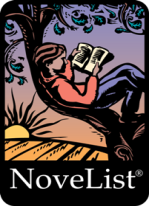
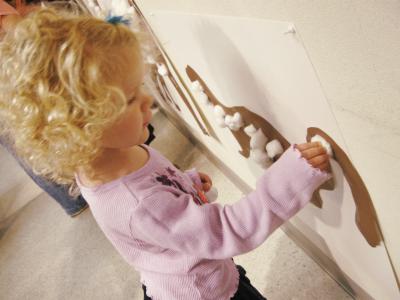
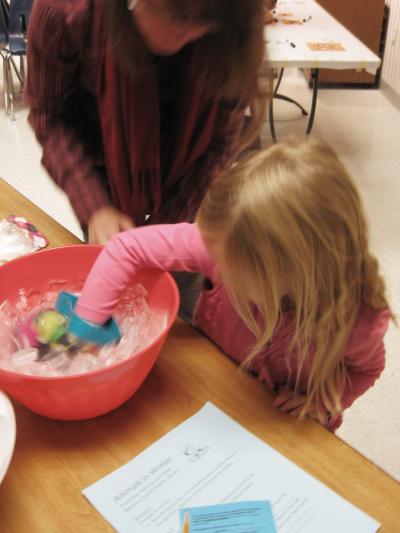
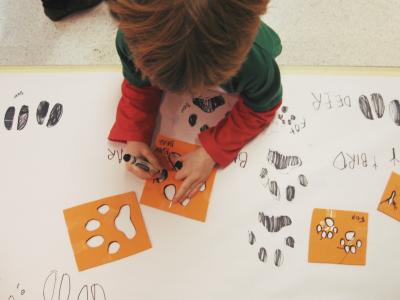

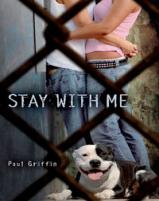 There are plenty of Young Adult books that portray the difficulties of being a teenager. Some are funny, some serious, and some are pretty dark. There's even a name for ones that focus on a specific issue -- the problem novel (you've got your teen pregnancy, drug abuse, suicide -- you name it). Some are great, but often times the more one topic takes center stage, the less realistic these books seem. It's never just one problem in real life, is it? For pretty much anyone at this age, times are hard all around.
There are plenty of Young Adult books that portray the difficulties of being a teenager. Some are funny, some serious, and some are pretty dark. There's even a name for ones that focus on a specific issue -- the problem novel (you've got your teen pregnancy, drug abuse, suicide -- you name it). Some are great, but often times the more one topic takes center stage, the less realistic these books seem. It's never just one problem in real life, is it? For pretty much anyone at this age, times are hard all around.